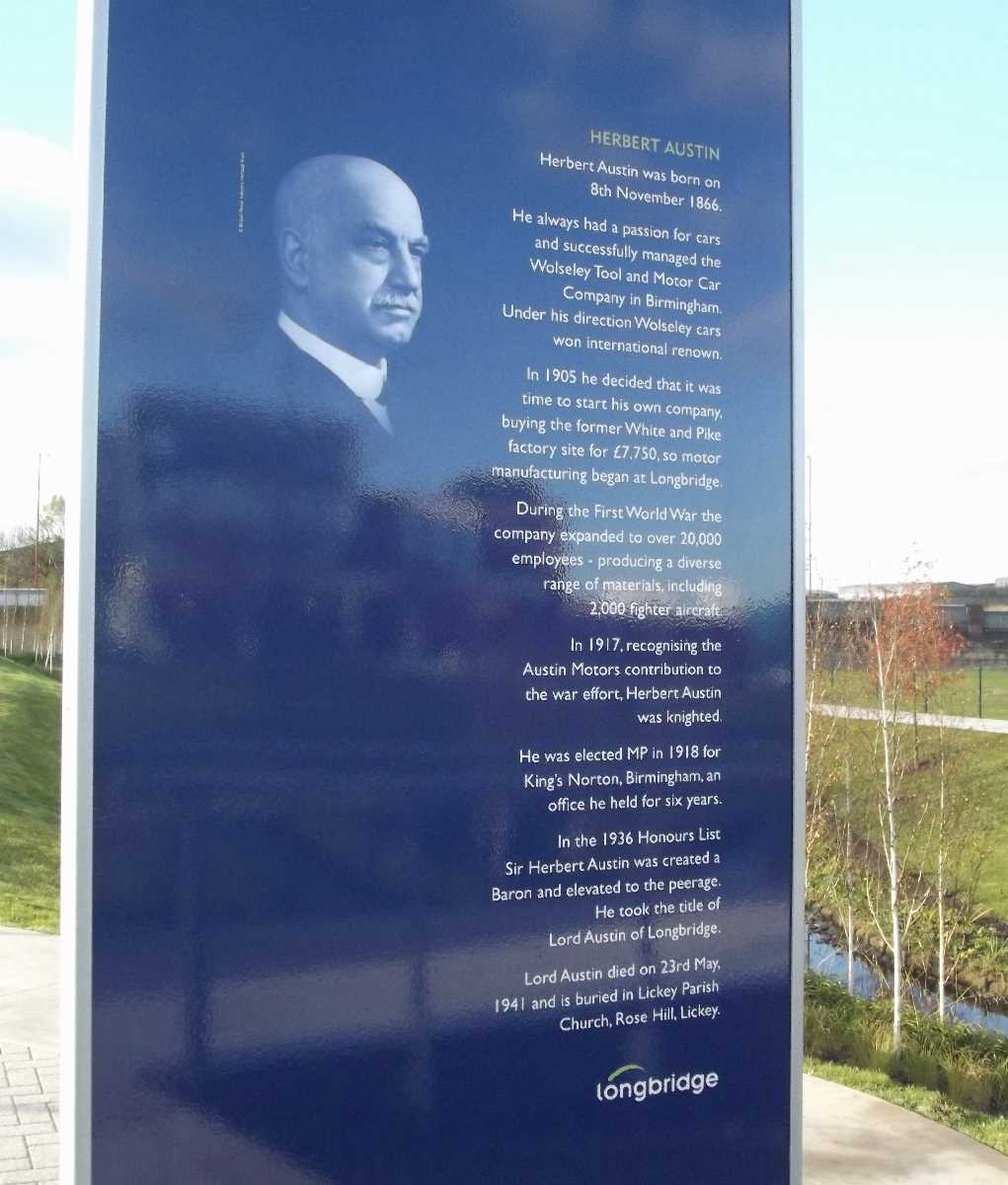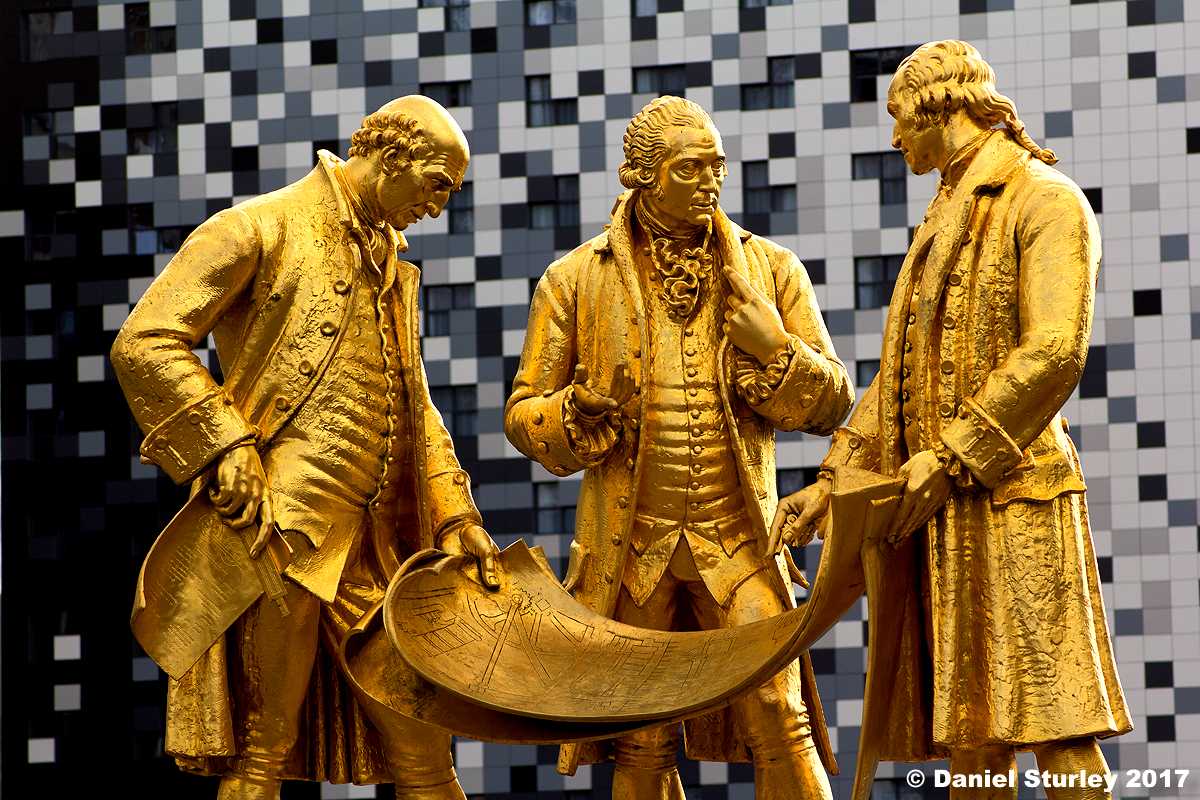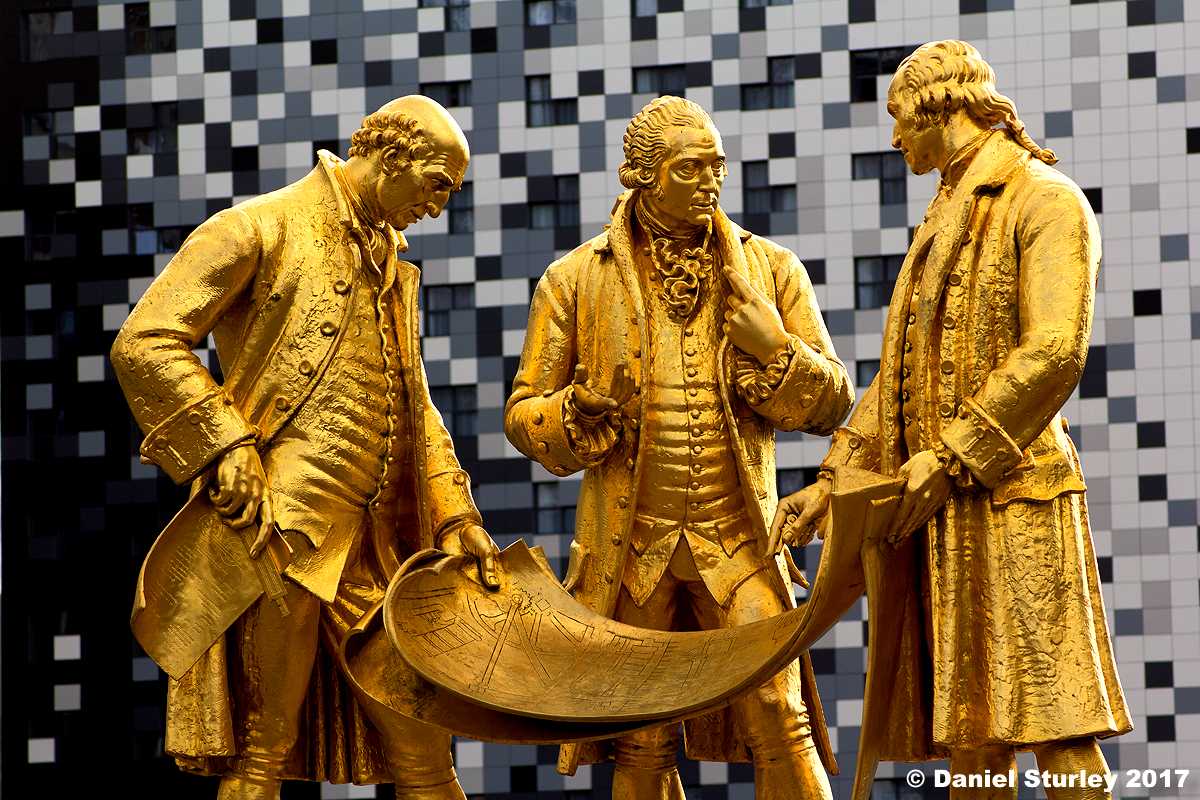Herbert Austin: making cars at Longbridge and the Austin Village

While car production at Longbridge has long since gone (apart from the small remaining factory for MG Motor), the site that is now Longbridge Town Centre used to house the Austin Works (later MG Rover until 2005). Herbert Austin founded the Austin Motor Company in 1905 (before Longbridge was in Birmingham). Also nearby is the Austin Village which was built to house workers from 1917.
He was born in 1866 in Little Missenden, Buckinghamshire and he died in Birmingham aged 74 in 1941. He moved to Birmingham in the 1890s setting up his first motor company on Broad Street, but the Broad Street factory site was too small, so he bought bigger premises in Aston. He later took over an old print works site in Longbridge in 1905. At this time Longbridge was in Worcestershire, and didn't become part of the City of Birmingham until 1911. It was here that he set up the Austin car works becoming one of the greatest car manufacturers in the world. For a period from 1918 to 1924 he was a Conservative MP for Birmingham Kings Norton. He was knighted in 1917 and in 1936 he was created Baron Austin, of Longbridge in the City of Birmingham. Also known as Lord Austin of Longbridge.
dndimg alt="Herbert Austin" dndsrc="../uploadedfiles/Herbert Austin sign in Austin Park Longbridge.JPG" style="width: 100%;" />
After MG Rover collapsed in 2005, the site was developed by St Modwen over the years, including a new Town Centre, Bournville College moved there by 2012. A new park was developed and opened in 2013 called Austin Park. It runs from the Bristol Road South towards Longbridge Town Centre alongside the River Rea. A former railway line ran towards Halesowen, and the remains of the signal box and old railway station were eventually demolished. It's unlikely that this railway line will ever be restored, now that the park and town centre are here. The Town Centre includes a Sainsbury's supermarket, a Premier Inn hotel and a Marks & Spencer store. Further to the right of here, they built retirement homes and houses along the land up Lickey Road.
dndimg alt="Austin Park Longbridge" dndsrc="../uploadedfiles/Austin Park in Longbridge.JPG" style="width: 100%;" />
I first went to have a look around Longbridge in 2010. Back then many of the former factory buildings along Lickey Road had yet to be demolished. 5 years after MG Rover collapsed, they were very derelict. Once they were demolished, a retirement village was built by 2016 up the Lickey Road site. It opened in 2017. To think the motor works lasted on this site from 1905 to 2005, a period of 100 years! Now it is becoming a new town centre. There is also a business park nearby. Many plots of land yet to be built on.
dndimg alt="MG Rover factory from Lickey Road, Longbridge in 2010 before demolition" dndsrc="../uploadedfiles/MG Rover factory in 2010 before demolition.JPG" style="width: 100%;" />
While Rover ceased to exist, a Chinese company bought the rights to use the MG name. And there is a small presence on a site on Lowhill Lane in Longbridge. MG Motor is owned by SAIC Motor UK (who themselves are owned by SAIC Motor based in Shanghai, China). Not far from here is another park called Cofton Park, where Pope Benedict XVI held mass in 2010. I went to Cofton Park in 2013 trying to get to the Lickey Hills Country Park, and the MG Motor buildings were visible from up the hill in the park. It was announced in 2016 that all car production had ceased at Longbridge, and after that MG Motor cars would be imported into the UK.
dndimg alt="MG Motor on Lowhill Lane, Longbridge" dndsrc="../uploadedfiles/MG Motor car factory Longbridge.jpg" style="width: 100%;" />
Back to Herbert Austin, and a village that he built for his workers. Austin Village was built in 1917. It is built on a site between Northfield and Longbridge in Turves Green. More workers had to be taken on during the First World War and when his factory began building tanks and aircraft, he built a new estate for his workers. He imported 200 cedar-wood pre-fabricated bungalows from the Aladdin Company, Bay City, Michigan, USA. They were shipped across the Atlantic, and survived potental loss to U-boat attacks. Many trees were planted around the village. This view is of Central Avenue. At the top end is a pair of blue plaques. One for Sir Herbert Austin and the other for the Austin Village. A red post box is at this end. I visited in April 2012.
dndimg alt="Austin Village - Central Avenue" dndsrc="../uploadedfiles/Austin Village.JPG" style="width: 100%;" />
While having a look around the Austin Village during April 2012, it was possible at the time to see the remaining MG Rover / Austin motor works, before most of them were demolished. The view was from Coney Green Drive. Most of these buildings were demolished on the right of the chimney, and houses were later built on the site. The MG Motor factory that survives down to Lowhill Lane. What will the future of this site be, will the rest of the factory have to be demolished for even more housing, now that car production has stopped on the site?
dndimg alt="Austin Village view of the MG motor works in 2012" dndsrc="../uploadedfiles/Austin Village view of MG car factory.JPG" style="width: 100%;" />
Over in Northfield is the Northfield Bypass, called the Sir Herbert Austin Way. This end near Sainsbury's seen during May 2013. The road bypasses the Northfield High Street on the Bristol Road South (although all major bus routes still use it). Sainsbury's had an extension a few years later and the Sainsbury's Cafe is now on the first floor. A new Starbucks Drive Thru, the first in Birmingham, opened on the bypass in 2017 near Vineyard Road and Bellfield Infant School. The success of this Starbucks Drive Thru probably led to the one that opened in 2018 at the Maypole.
dndimg alt="Sainsbury's - Sir Herbert Austin Way, Northfield" dndsrc="../uploadedfiles/Sainsbury Sir Herbert Austin Way Northfield.JPG" style="width: 100%;" />
There are several vintage Austin motorcars on display at Thinktank at Millennium Point. I first visted with my camera in April 2013. In the Move It section on Level O (the ground floor) was various old cars and bikes.
As you enter, you see this old car on a rotating turntable. It's the Austin Seven Tourer built in 1923. It was economical but reliable. It was smaller and cheaper than other cars at the time, but was considered to be just as reliable and comfortable. Car ownership was no logner just for the wealthy. Watch as the car goes around and around! I assume it still does that, if it's in the same spot as it was then?
dndimg alt="Austin Seven Tourer at Thinktank" dndsrc="../uploadedfiles/Austin Seven Tourer at Thinktank.JPG" style="width: 100%;" />
Yes this car was on the side on the glass wall! It's the Austin 10 'Lichfield' Motorcar and it was built in 1935. One of 27,000 made by the Austin Motor Company at Longbridge. You might have to tilt your head 90 degrees to the right to see it right up!
dndimg alt="Austin 10 'Lichfield' Motorcar at Thinktank" dndsrc="../uploadedfiles/Austin 10 Lichfield Motorcar at Thinktank.JPG" style="width: 100%;" />
In July 2011, on a visit to the stately home that is Holkham Hall in Norfolk, saw this poster in the Stable Coach Block. The Austin Seven Garage Chart. It clearly says that the Austin Motor Co. Ltd was from Longbridge, Birmingham. Many museums all over the UK have Austin cars in their collection, and it's not just museums, stately homes sometimes have a collection of vintage cars on display!
dndimg alt="Austin Seven Garage Chart at Holkham Hall, Norfolk" dndsrc="../uploadedfiles/Austin Seven Garage Chart Holkham Hall Norfolk.JPG" style="width: 100%;" />
Another museum well worth a visit in the West Midlands is the Coventry Transport Museum. This is a Austin Seven Swallow dating to about 1928. My first visit to this museum was during March 2015. This classic car was in the Jaguar Heritage Gallery. Many cars and motorbikes were built in Coventry, but they did also have a selection of Jaguar's and MG's on display here. It was probably made in Coventry.
dndimg alt="Austin Swallow at the Coventry Transport Museum" dndsrc="../uploadedfiles/Austin Swallow at Coventry Transport Museum.JPG" style="width: 100%;" />
My second visit to the Coventry Transport Museum was during April 2018. You can get the X1 bus all the way down the Coventry Road, via Birmingham Airport to the bus station in Coventry. The museum is nearby. A much shorter walk compared to getting a train from Birmingham New Street to Coventry and walking, like I've done in the past. Onto this car. It's an Austin 7 Swallow built in 1929. The chassis and engine of the car was made by the Austin Motor Company at Longbridge, Birmingham. The body built by the Swallow Coachbuilding Company of Holbrooks, Coventry, who changed their name to Jaguar. Jaguar later became known for making fast, sporty cars.
dndimg alt="Austin 7 Swallow at the Coventry Transport Museum" dndsrc="../uploadedfiles/Austin 7 Swallow at Coventry Transport Museum.jpg" style="width: 100%;" />
Photos taken by Elliott Brown.




